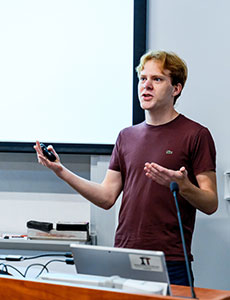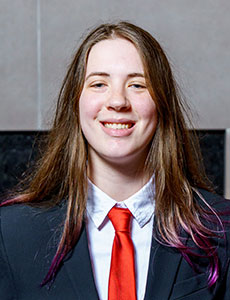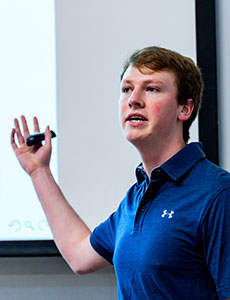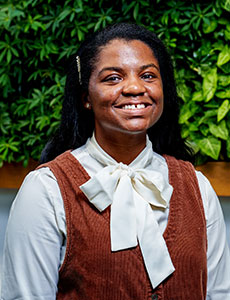Title: Solving the Nonisomorphic Realization Problem for DNA Self-Assembly
Abstract: The study of the production of nanostructures has become increasingly necessary in recent years, with the growth of areas such as biomedical computing and molecular robotics. One method of nanoengineering is to construct branched DNA molecules that bond to each other to self-assemble into larger molecules. The mathematical study of how this process occurs and what DNA molecules are required to build a target structure is referred to as the Flexible Tile Assembly Model (FTAM). To generate molecules that are more likely to assemble into a given target structure, various constraints are placed upon the FTAM. While the FTAM under these constraints generates more practically feasible solutions, it also makes the process of solving for an optimal tile set much more difficult. One such constraint can be represented as the Nonisomorphic Realization Problem, and in this paper, we develop an algorithm to efficiently solve this problem for any given target nanostructure.




